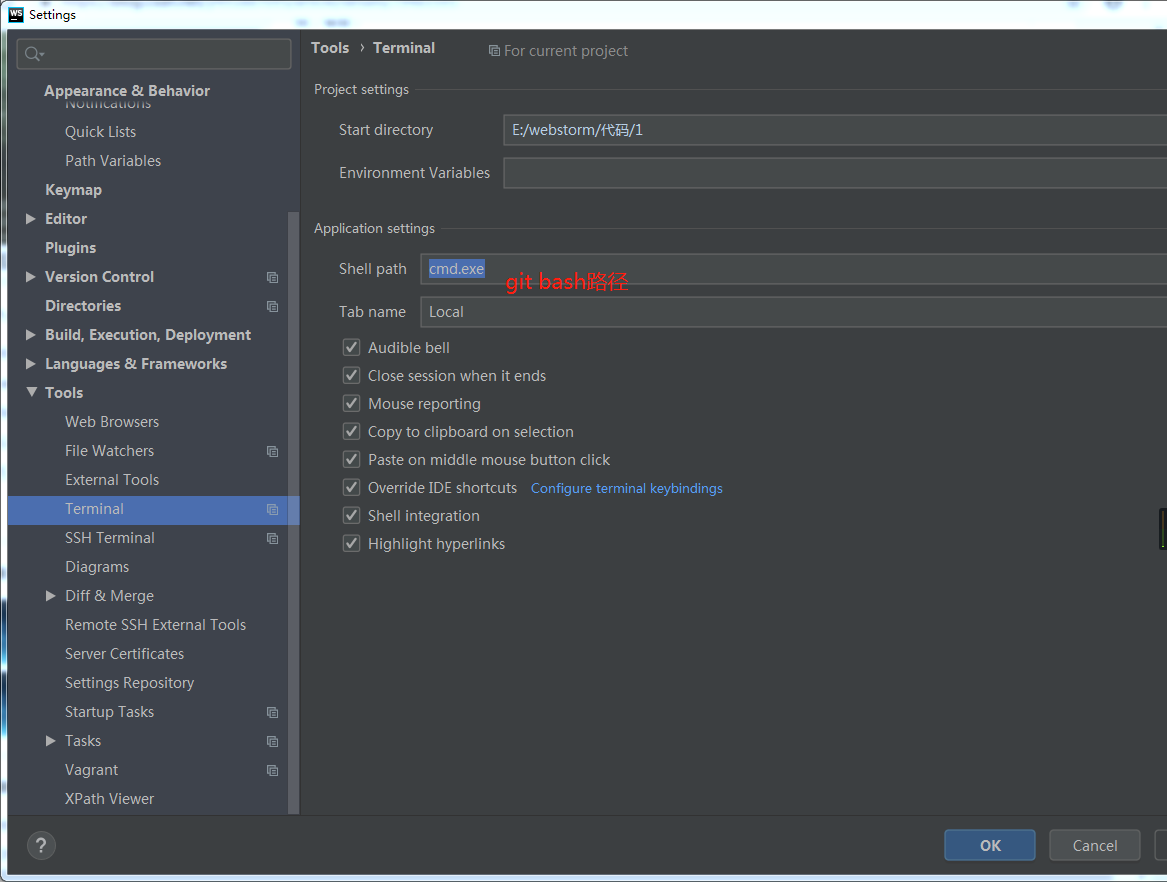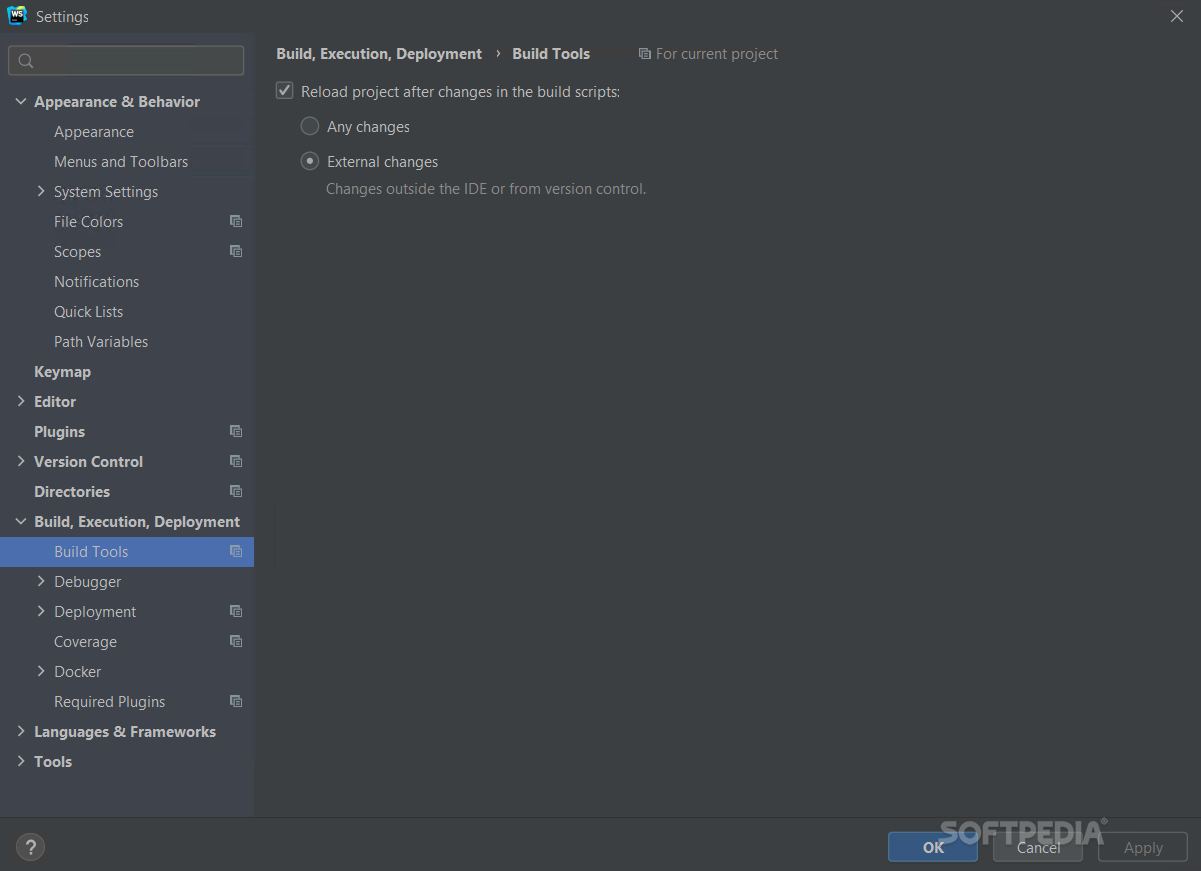

- #Webstorm terminal path how to
- #Webstorm terminal path software
- #Webstorm terminal path series
- #Webstorm terminal path windows
Then click on Enable Shell Scripts and/or Generate Shell Scripts.In the input field that is located under the switch paste your path folder.
#Webstorm terminal path windows
Open your Edit the system environment variables program that can be found in Windows search or the control panel.button that is located in the right corner, a new window should pop up.In the new window select the variable that says Path in the Variable column from the top list and then click on the edit button that is situated under the top list.
#Webstorm terminal path how to
Go to C:\Users\\.path\ and all your toolbox installed applications should be there.If you’re using Docker to host your applications development environment, it will be important to know how to debug your applications source code running in the container.Click on Ok in Edit environment variable > Environment Variables > System Properties.Click on new and paste your path there.
#Webstorm terminal path series
This is the first of a three part series where were going to look at how to debug docker containers running an React.js/Node.js/Express.js application. In this first part were going to look at how to use WebStorm, followed by Visual Studio Code and finally hooking up the good Ol’ fashion node.js debugger. If you haven’t started, but are interested in hosting your applications development environment inside Docker containers, you’re going to want to check out the recently released Docker for Devs tutorial. If you’re coming directly to this tutorial on debugging docker containers, I’ll be assuming you’re familiar with Docker Compose.Īs a bonus, we’re also going to look at nodemon for monitoring server side changes and restarting our server without us having to shutdown and restart containers on ever server-side change. To easily get up and running, you can use this Github repository to get up and running. Its very similar to the tutorial involving Docker Compose but without the nginx reverse proxy. Picture showing iTerm's Semantic History setting.The bottom line is, we need our Docker container to be reachable by an external debugger.


IntelliJ IDEA is very heavy, and I want files opened in it only when it’s running. My difficulty is that I want to use two IDEs, not just one. ITerm can be configured to open files in your editor or IDE of choice via its Semantic History feature.

As IDEs I use IntelliJ IDEA or VS Code + Metals interchangeably. And I do a lot of Scala programming, spending a lot of time in sbt, its build tool, for compiling at testing the project. I’m using iTerm, the macOS terminal emulator. A lot of people just open a terminal from within their IDE, but personally I don’t like that, I think the terminal with the build tool should run separately from the IDE, because you then have the flexibility to restart them independently, or switch IDEs when in the mood.
#Webstorm terminal path software
When doing software development, if you compile and test the code in the terminal, going back and forth between the terminal and your IDE has friction. Whatever I can get quickly done in the terminal, I do in the terminal. ⌘+Click on a file path triggers my terminal to open that file inside my IDE, and that helps a lot: Demo of iTerm's semantic history


 0 kommentar(er)
0 kommentar(er)
